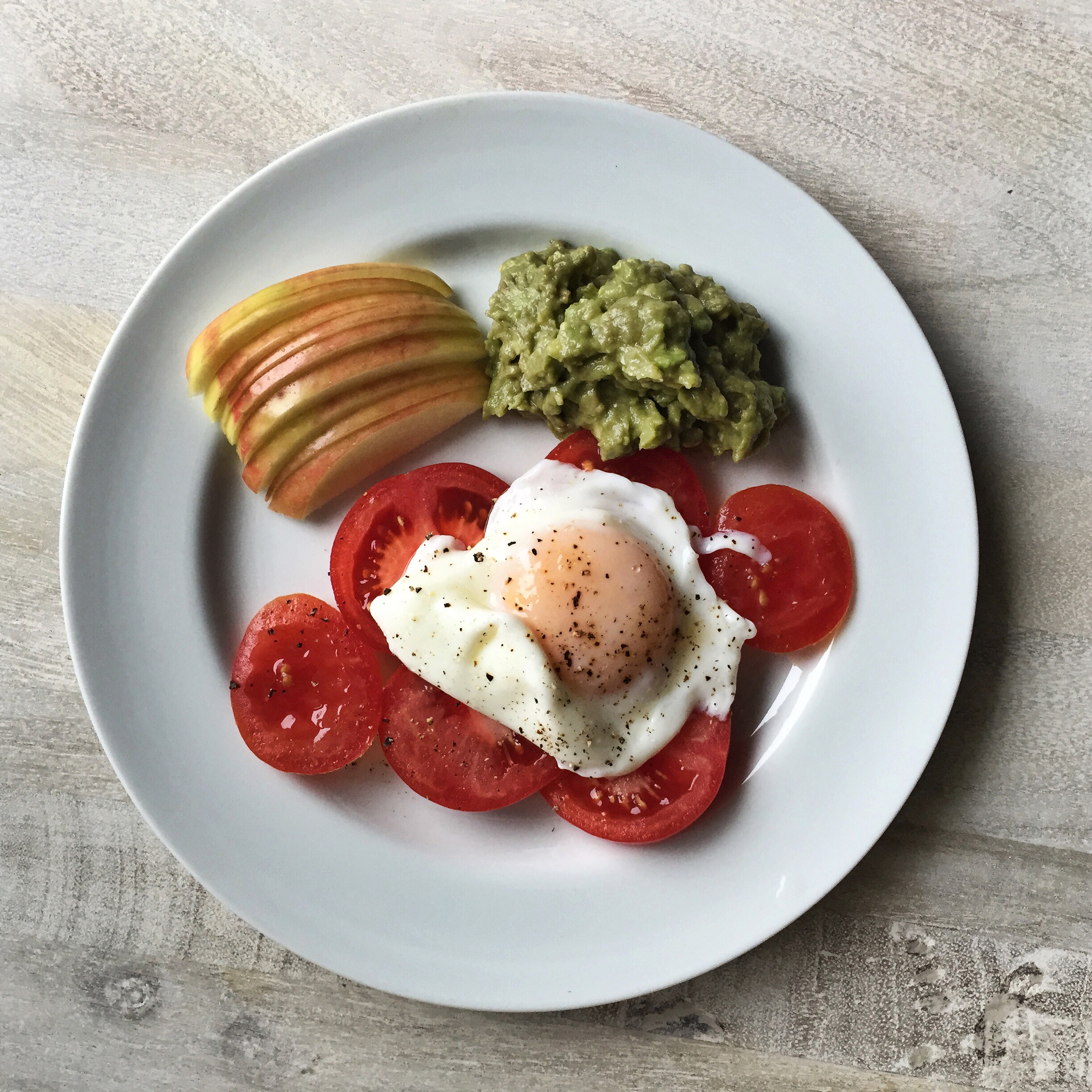
“When your life becomes richer, fuller, and more energized as a result of your efforts, you won’t want to revert to your old, unhealthy lifestyle.”
(Dr. David Perlmutter, Grain Brain)
A year ago I was deep into wedding planning and thinking a lot about this next phase of my life. At the time, getting married meant a lot of different things – most immediately, our friends and family would be traveling from far and wide to join us for our celebration. There would be dancing and fun, emotion and elation… and lots of pictures taken! Call me vain, but knowing that we’d look back at our wedding photos for years to come was motivating. On a practical level, there are very few things like a bride’s motivation to get fit and feel healthy. Honestly, I took advantage of the situation.
When Working Out Doesn’t Work
“You cannot “out-exercise” poor food choices and the resulting hormonal disruption.”
(Melissa Hartwig, It Starts with Food)
I have always been an active person. I swam competitively from grade school through college, ran a half marathon when I was 25, and have been practicing yoga for the past 15 years. Even with all that exercise, I did not feel great in my body. Eventually, I accepted that I couldn’t exercise my way out of the wrong diet.
With my wedding motivation and momentum, I read several nutrition books including Grain Brain, Secrets to a Healthy Metabolism, and It Starts with Food. The first two were interesting and helpful, but were a bit hard to get through and read more like textbooks. The authors did present several points that led me to question my diet, including the way I looked at fats, grains, and dairy.
In my opinion, It Starts with Food is a “palatable” nutrition book. In it, Melissa Hartwig shares science and analogies, stories and testimonials, all in a format that is easy enough to read by the pool. The book’s subtitle is Discover the Whole30 and Change Your Life in Unexpected Ways, which is exactly what happened to me.
System Reset: The Whole30
The Whole30 is a 30-day healthy eating program with a few simple rules: eat real food; do not consume sugar, alcohol, grains, legumes, processed food and beverages, junk food, or treats; and do not weigh yourself or take body measurements during the program.
For me, the Whole30 serves as a system reset. It is not an easy or quick fix. It requires planning, focus, and dedication. I completed my first round in September, then another in November, and most recently in March. The Whole30 helped me lose 10 pounds and more importantly, I discovered a way of eating that makes me feel good.
Even though my original desire was to look better in our wedding pictures, this journey has become so much more. I have learned to love the Whole30 rule about not taking body measurements or stepping on the scale for 30 days. Instead, I focus on tangible, non-scale victories like my clothes fitting better, skin clearing up, and sleeping soundly through the night. This experience has taught me to trust and appreciate my body. Here’s a testimonial from It Starts with Food that describes this sentiment beautifully:
“Before I tell you what the Whole30 is, I would like to share my thoughts on what the Whole30 is not. The Whole30 is not a diet. It is not a twenty-two-day program with eight cheat days (weekends) built in. It is not 30 days of restriction, to be followed by 335 days of gluttony. Here is what the Whole30 is. It is life-changing. It is the path to healing your insides. It is about eating real food and learning that what you put into your body actually matters. It is a test of the level of respect you have for this one body you were given. Simply put, if you follow it the way it was written, it works. If you don’t, it doesn’t. My only regret is that I waited so long to do it.”
(Tara O., Edwardsburg, Michigan)
If you think you might want to give it a try, start by reading It Starts with Food and following the Whole30 blog. There is also a great community of past and present Whole30 participants on Instagram… search the hashtags #whole30 and #kaileenswhole30 for inspiration!
Life After Whole30
Without the Whole30’s restrictions and rules, it is tempting to try eating the foods that were off limits. Fortunately, our bodies provide us with feedback. An increase in energy versus a headache, a sense of being well fed versus feeling depleted – all potential signs of how our food impacts how we feel.
“Just don’t let a small slip derail you forever. To this end, remember to find consistency in your daily patterns. Consistency is not about rigidity. It’s about eating and exercising in ways that serve you without making you feel like you’re going to extremes or forcing yourself to do something you don’t like.”
(Dr. David Perlmutter, Grain Brain)
Rather than letting my all-or-nothing tendencies get the best of me, I try to create habits that keep me happy and healthy. Wearing my Fitbit encourages me to walk more. Taking yoga classes keep me active and strong. When it comes to my diet, I feel best when I’m cooking often, eating mostly fruits and veggies, and limiting my consumption of sugar, grains, dairy, and legumes. When I slip up or party too hard, I remind myself that I’m human and practice self-compassion.
Image via @kaileenelise on Instagram | This post may contain affiliate links, which means if you click and then purchase we will receive a small commission (at no additional cost to you). Thank you for reading & supporting Happy Living!

